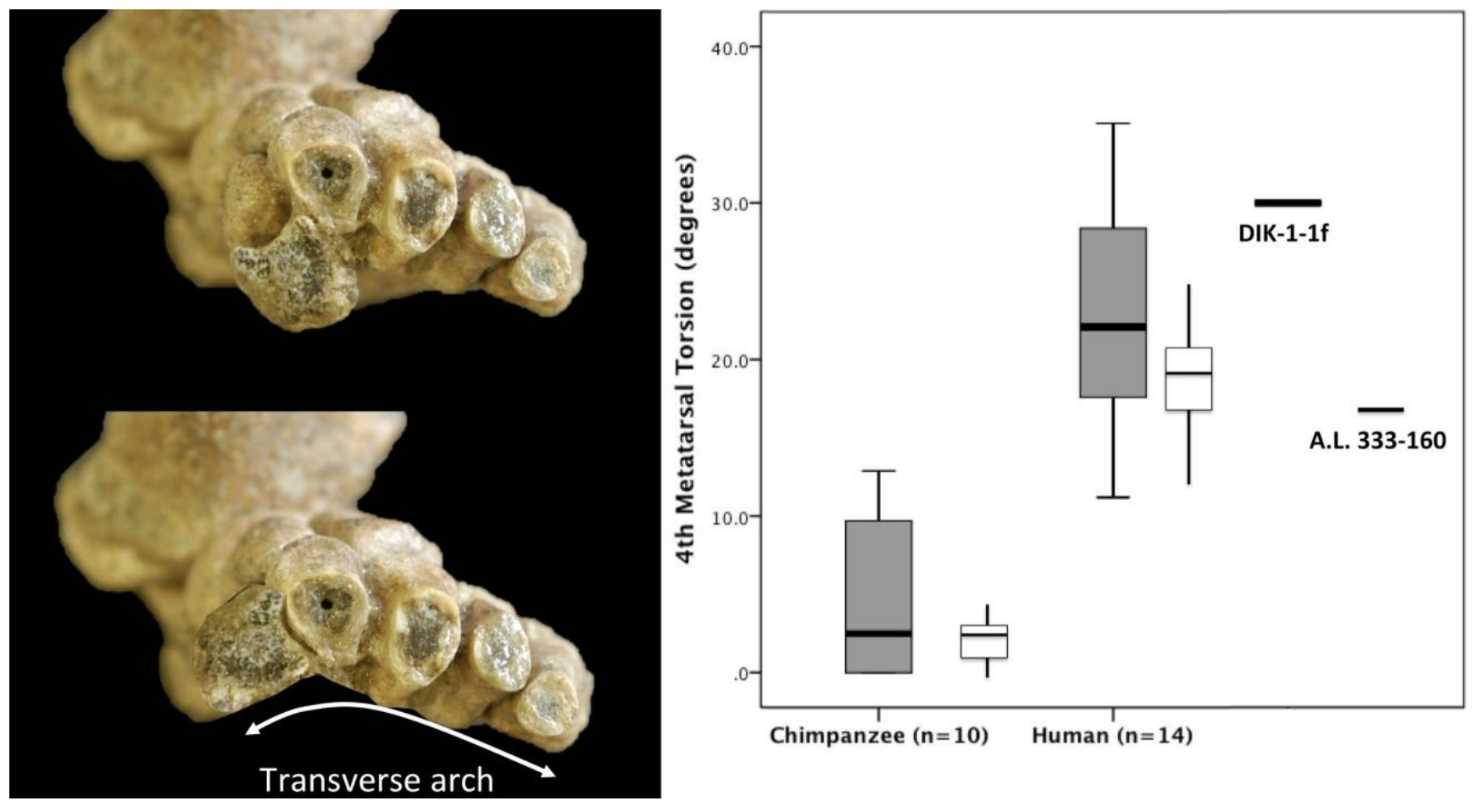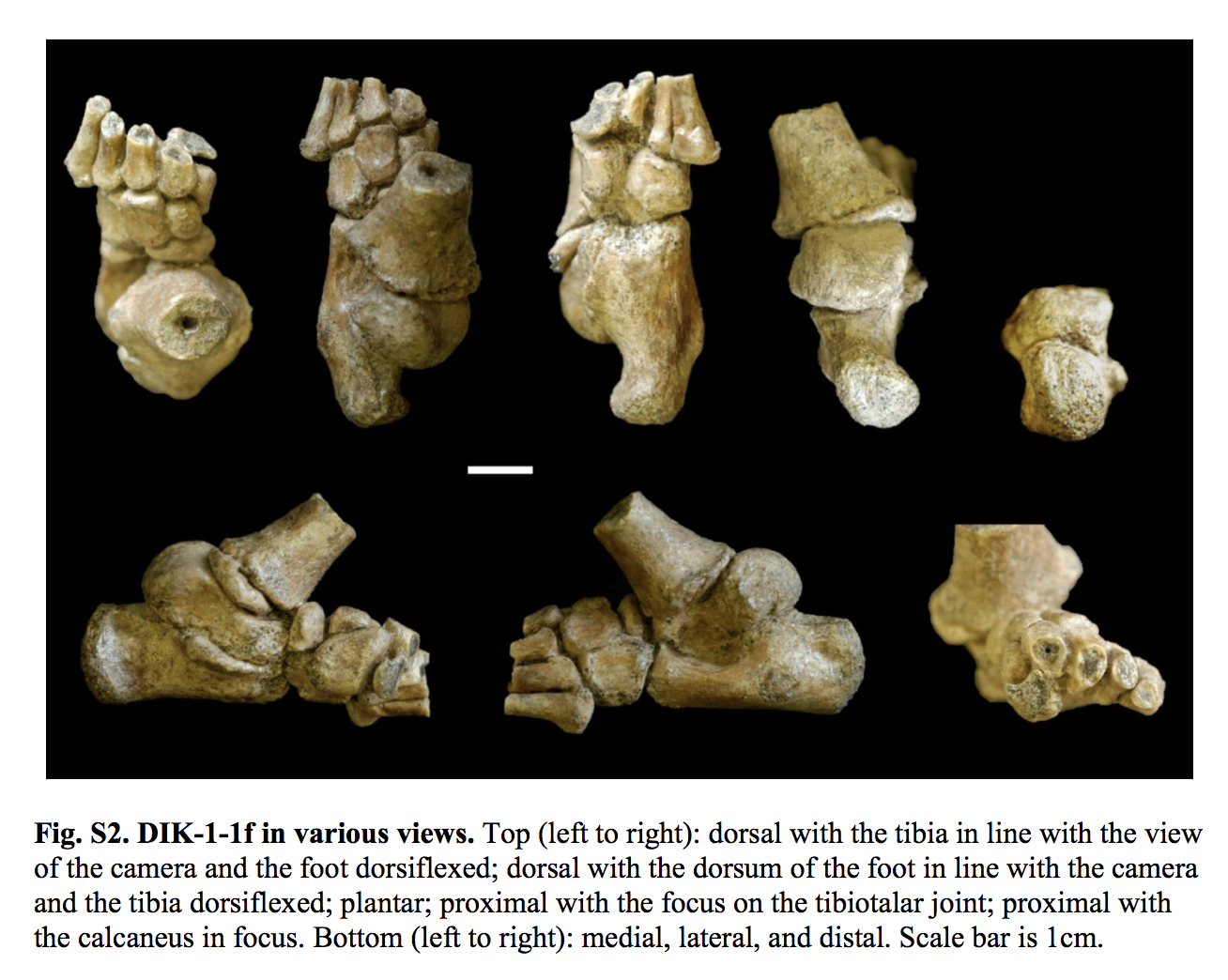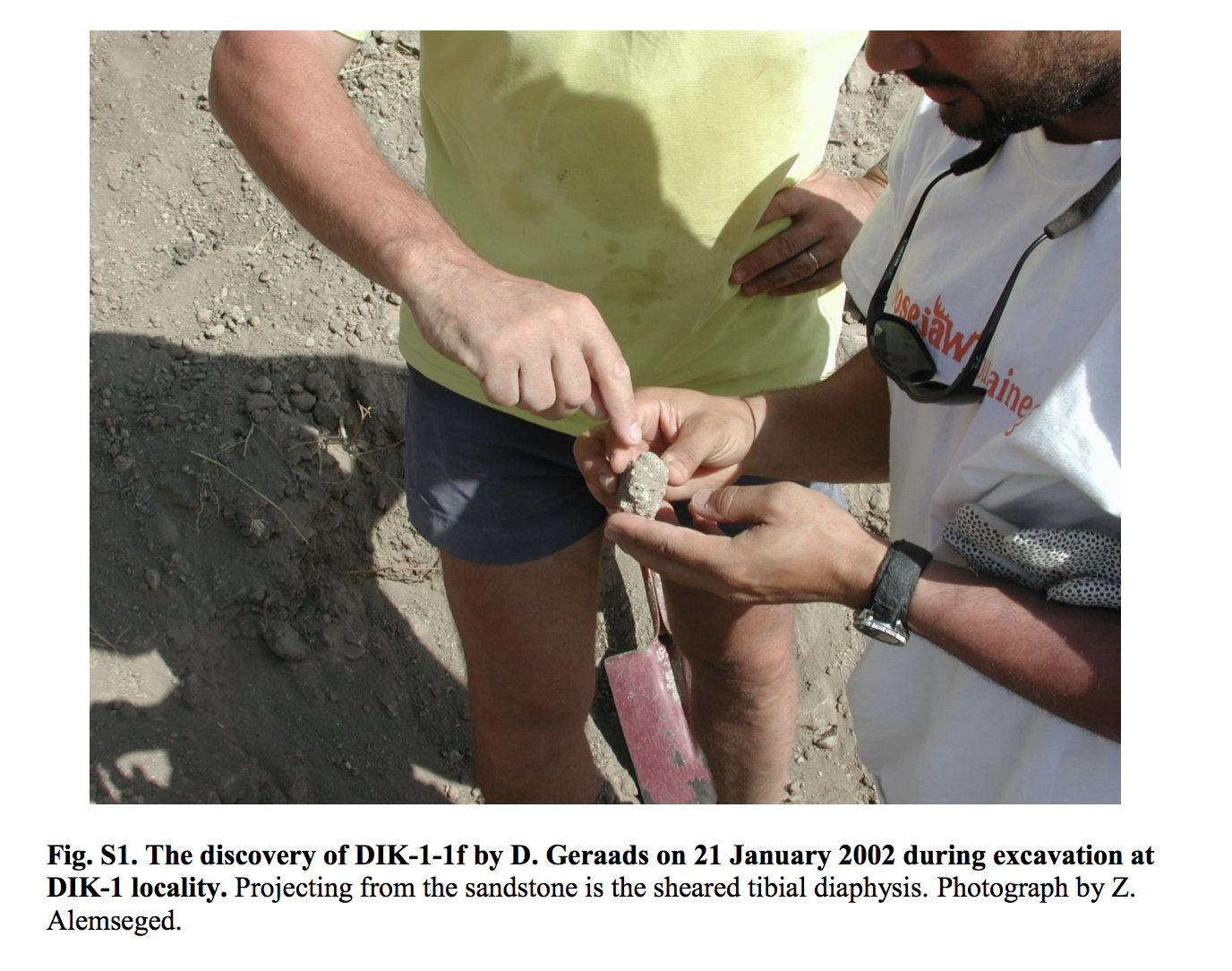This Baby Missing Link Had Very Odd Toe Bones
An ancient human ancestor dubbed Selam was written about in a paper published this week in Science Advances. This very young Australopithecus afarensis's foot is the oldest hominin foot ever found with all of its tarsals preserved – those are effectively the bones in a foot that do not include the toes – basically the ankle. This tiny humanoid had a foot with a toe that allowed it to grip, in a position similar to that of the blade claw on the foot of Jurassic Park's velociraptor.* UPDATE: Not exactly, but sort of.
*We know that the velociraptors in Jurassic Park aren't actually indicative of what real velociraptors looked like – not at that size, anyway. The movie's depiction of the creature's massive foot claw is helpful to us here and now because it's so iconic. UPDATE: I take it back – look at the included photos of the foot above and below and decide for yourselves how similar it looks to any foot you've seen before. This is archeology, after all, not paleontology. How silly!

The skeletal remains of Selam show that the 3.3-million-year-old species was different from humans in one very important way (and a bunch of slightly less interesting ways, too). "Placed at a critical time and the cusp of being human, Australopithecus afarensis was more derived than Ardipithecus (a facultative biped) but not yet an obligate strider like Homo erectus. The Dikika foot adds to the wealth of knowledge on the mosaic nature of hominin skeletal evolution," said Zeresenay (Zeray) Alemseged, senior author on the study and professor of organismal biology and anatomy at the University of Chicago.
The toe most modern humans refer lovingly to as the "big toe" here looks ever-so-slightly different in Selam. Instead of acting in pretty much the same way as the rest of a human's toes, Selam's toe could probably do a whole lot more.

"Walking on two legs is a hallmark of being human. But, walking poorly in a landscape full of predators is a recipe for extinction," said lead author on this study Jeremy DeSilva, associate professor of anthropology at Dartmouth College. "If you were living in Africa 3 million years ago without fire, without structures, and without any means of defense, you'd better be able get up in a tree when the sun goes down."
DeSilva suggests that the evidence points toward tree-climbing and gripping, likely on to the parent of the youngster. "We also have fossils of very large predators," said DeSilva. "I can't image how they would have survived if they didn't go into the trees at night."
For more information on this subject, have a peek at the paper "A nearly complete foot from Dikika, Ethiopia and its implications for the ontogeny and function of Australopithecus afarensis." This paper was published in Science Advances 4 Jul 2018: in Vol. 4, no. 7, eaar7723 with code DOI: 10.1126/sciadv.aar7723. This paper was authored by Jeremy M. DeSilva, Corey M. Gill, Thomas C. Prang, Miriam A. Bredella, Zeresenay Alemseged, et. all. and is distributed under terms of the Creative Commons Attribution-NonCommercial license.






